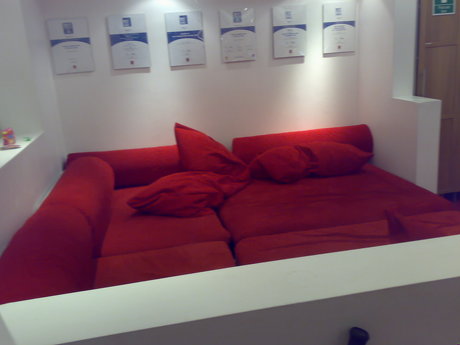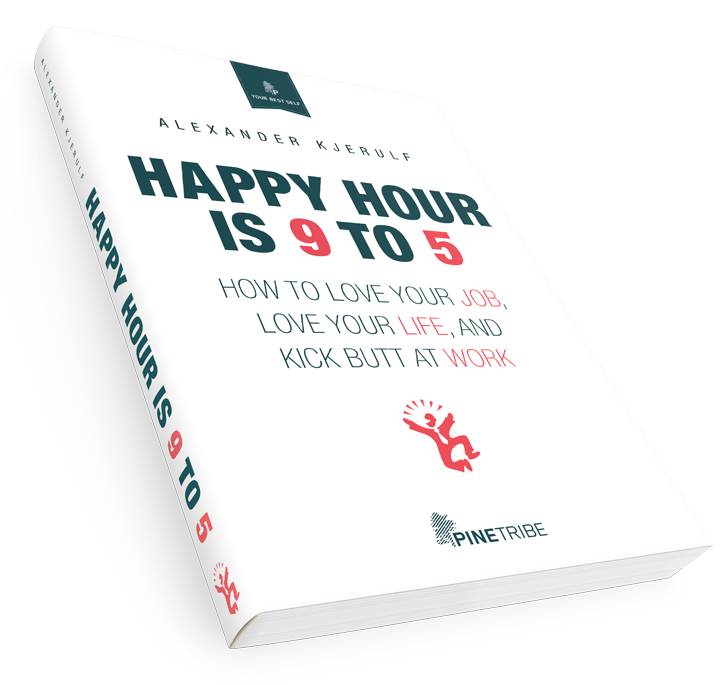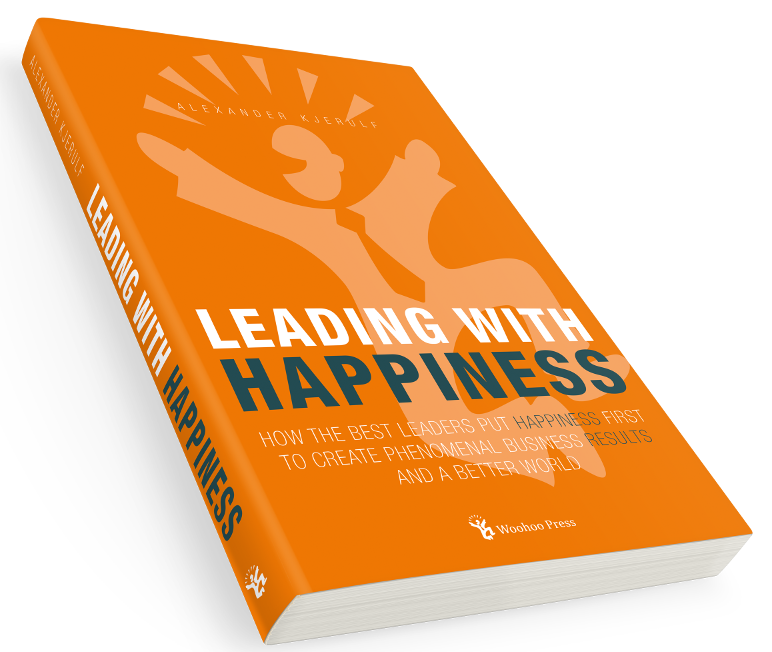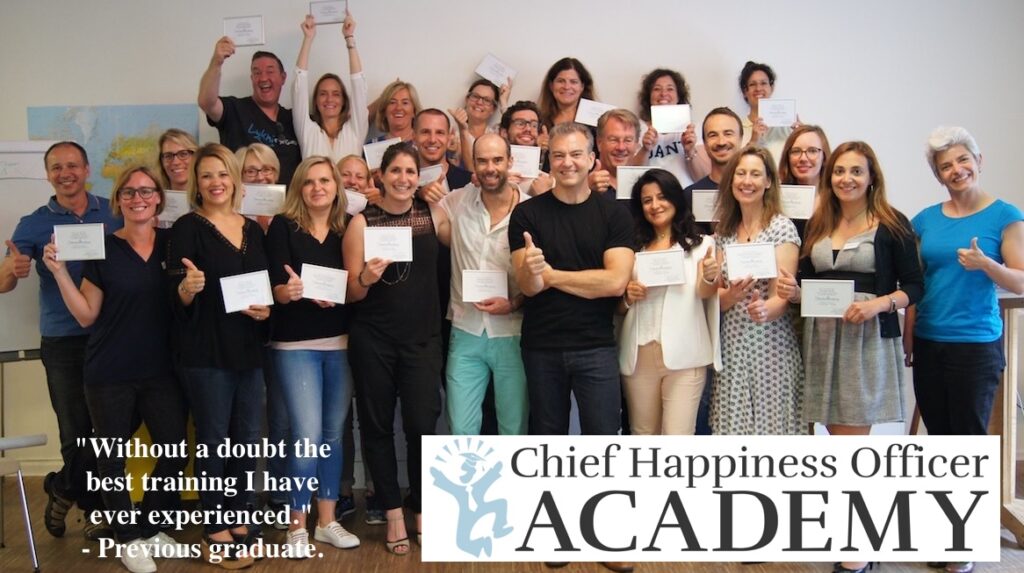
When your office was furnished, did the shopping list go something like this:
- One desk. Gray.
- One ergonomic office chair. Black.
- One waste paper basket. Gray plastic.
- One filing cabinet. Gray.
You know – the usual stuff. Typical. Traditional. Booooooring!
I’m not going to claim that a fancy desk or a weird chair is going to magically improve your creativity and productivity – but I am damn sure, that all that sameness and eternal corporate grayness, does nothing good for your ability to come up with great new ideas.
Here are some ways to spruce up a workplace that may actually inject some color and fun into your work environment.
Got Milk?
The Milk desk is a new design to match your Apple gear with it’s white surface and rounded edges.

It lowers and raises electrically, it has ways to hide the cable clutter, and it also has four compartments at one end that can be configured for storage, trash or, yes, as an aquarium.


Partition magic
 Softwall
Softwall is a great way to flexibly partition a room. It’s made of paper with a felt core, and I love it because it doesn’t eat all the light in the room (if you go for the white one).

It can be twisted into just about any shape or rolled up when you don’t need it and it dampens sound more than most room partitioners. Plus it looks amazing!

The wing desk
Or how about a desk made from the wing of a DC3 plane?

The saddle chair
The starting point for the Haag Capisco is just your average, garden-variety office chair – but they’ve moved on from there. The saddle seat gives you a more erect posture and doesn’t cut of the blood flow to your legs.

The seat and back are constructed so you can sit sideways or reversed on it and still support your arms. And the whole thing tilts back into a very comfortable reclined position.



I’ve had one of these myself – they rock.
Bean bags
Bean bags look great and can be used in a million different positions. Four bags and a coffee table and you have a great meeting room!


I’m partial to the the
Sumo Omni (pictured above) myself. Disclosure: They once sent me a free one to review here on the blog.
Bibliochaise
Where do you keep all your reference manuals and handbooks? Close to where you can sit and read them, of course! Meet the Bibliochaise.

Stokke Garden
It’s a tree. It’s a sculpture. It’s… I don’t know what it is, but I like it.


Since I first saw these, I’ve wanted one and only the huge price tag has kept from picking one up. It looks strange, but is actually supremely comfortable and allows you to sit/lie in many positions. I know, I’ve spent quite some time in a showroom testing one thoroughly :o)
The meeting bed.
When your business is innovation, your office can’t really look like any other corporate wasteland. London-based innovation agency ?WhatIf! know that – as evidenced by e.g. the life-sized plastic cow statue painted like Spiderman in the lobby and the big red couch/bed they use for meetings:


Conference bike


This has got to be the coolest idea in a long time. 7 people pedal along, one of them steers. It’s the
conference bike and I want one!! I also mentioned this in my post on
seeeeeriously cool workplaces.
Art tables
I was sitting in my usual café writing this blogpost when I spotted a lady at the next table looking through some pictures of weird and beautiful desks.



Of course I had to ask her what the story was. Turns out she’s Marie Westh, an artist and these are one-off tables she created, first for exhibitions and then later on as usable art pieces.
Check out Marie’s website with many more weird and fantastic creations.
A balance act
This is more a metaphor than a piece of furniture – but it’s pretty cool all the same.

The idea is that three people can have a meeting where they must work together to hold their balance during the meeting. Like we must each contribute to a conversation, to make it balanced. Impractical – but cool!
More here.

Wood wall
Or how about an entire wall covered in cordwood? Not only is it amazingly beautiful, it’s also great for the acoustics and it gives the wall a great texture.


I saw my friends at
Connecta and their roommates build this from a huge stack of cord woodon the floor to the finished wall. Superb!!
The upshot
So is it the furniture that determines whether a company is creative and fun or staid and boring? Of course not! But the type and variety of furniture does reflect the mood at the company. If you have row upon row of identical, gray desks and chairs then odds are this is not the place wild ideas are born.
And why exactly is it that everyone must have the same desk and chair? Why not let people choose for themselves, and give them a chance to create an environment that suits them. The resulting variety may be confusing to those who think that business is about structure, order and control… but it’s sure to be more stimulating and fun for those of us who think that work is about being happy.
There are more pictures of cool furniture in this flickr set.
Also check out my post on 10 seeeeeriously cool workplaces:

Or check out some other past favorites from the blog:

 Chip Conley, the CEO of the Joie de Vivre chain of hotels, has a great blog post about
Chip Conley, the CEO of the Joie de Vivre chain of hotels, has a great blog post about  So – as I blogged about yesterday,
So – as I blogged about yesterday, 





 This post was written by physiotherapist Nicolas Kjerulf (yes, that’s my brother!)
This post was written by physiotherapist Nicolas Kjerulf (yes, that’s my brother!)































